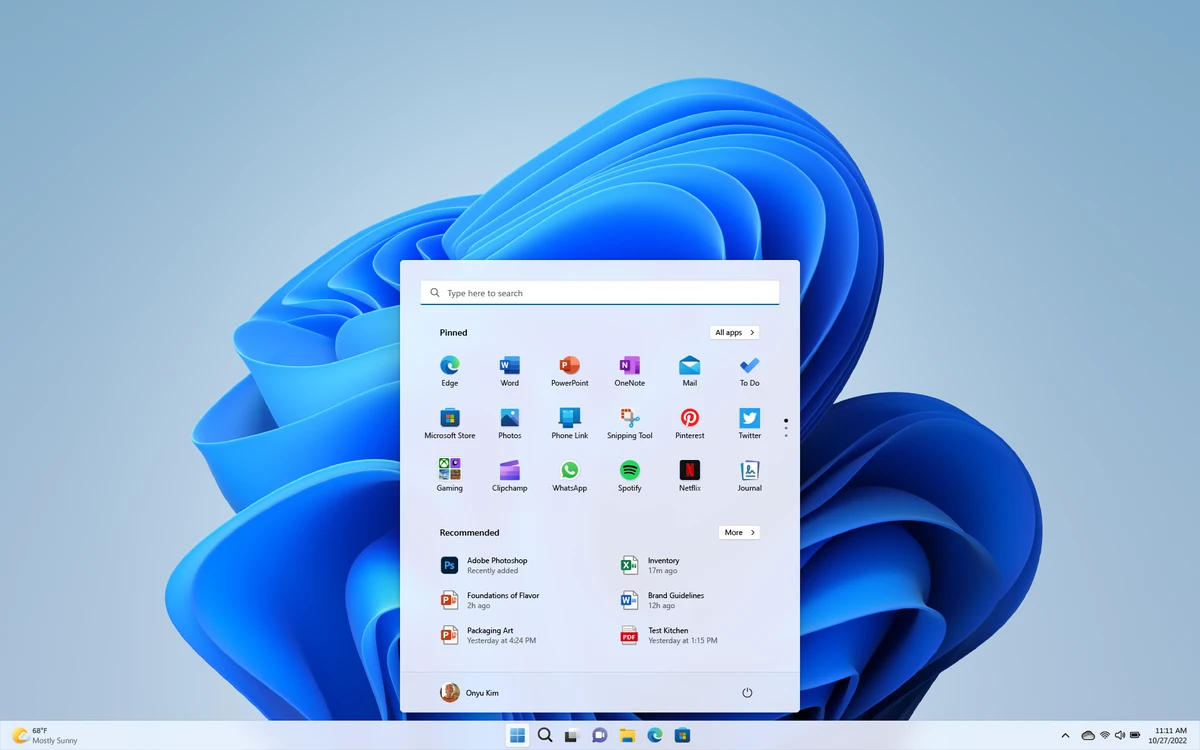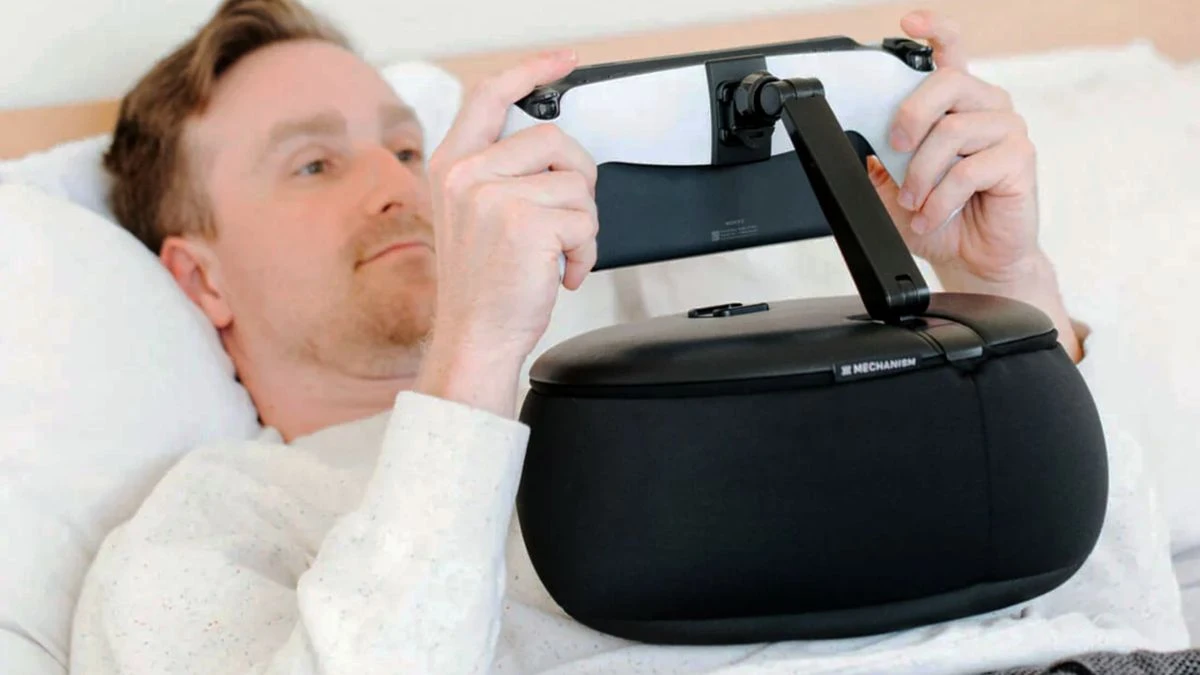Microsoft closes a second door to bypassing TPM 2.0 requirements in Windows 11
It's not a secret that PC users have stuck with Windows 10 despite the TPM 2.0 requirements, which prevent older PCs from being compliant. There have been a few ways to get around this, but Microsoft has closed the door on one of the most popular methods in the latest beta version of Windows.
The method was simple: just add a /product server to the setup executable file to trick Windows 11 to think the PC is a server, and bypass the TPM 2.0 requirements. Microsoft has blocked this method in an Insider version of Windows, as X user Bob Pony discovered (via Tom's Hardware).
You won't find much in the Windows 11 hardware requirements. All you need is a dual-core processor, 4 GB RAM, and a graphics card with WDDM drivers. What is TPM 2.0?
It's a tiny chip that's mounted on the motherboard. It's used to create cryptographic key, which is then used to encrypt data stored on the PC's hard drive. If you bought or built a PC within the past eight years, it will almost certainly have a chip. However, older hardware is less likely to have it or the correct version.
Windows 11 came out with the TPM 2.0 requirement. This meant that a large number of PCs, which were perfectly functional, were not able to upgrade to the newest version of Windows. This hasn't caused a problem, as millions of people have stayed with Windows 10 or found a way to bypass the requirement.
Microsoft has been slowly removing these bypass methods. It's surprising, however, that it took so long to eliminate the incredibly simple "product server" method. Microsoft added a check to the Windows 11 installation procedure for a modern CPU. This meant that even if you could get past the TPM 2.0, if your CPU was old, you would be stuck.
This new block is only available in the Windows Insider version of the operating systems. If you are currently running Windows 11 on hardware that is not 'compliant', you will still be able to use it. It's only a matter time before Microsoft releases it as a standard Windows update. At that point, your system may no longer be functional if you have used the Product Server method.
I'm not certain at the moment if Rufus, which is the best Windows installer around, uses the method to bypass Secure Boot 2.0 and TPM 2.0.
Microsoft will eventually find a way of eliminating them one by one. Microsoft has been slow to implement this, but I don't believe that anyone should be worried just yet.




Comments